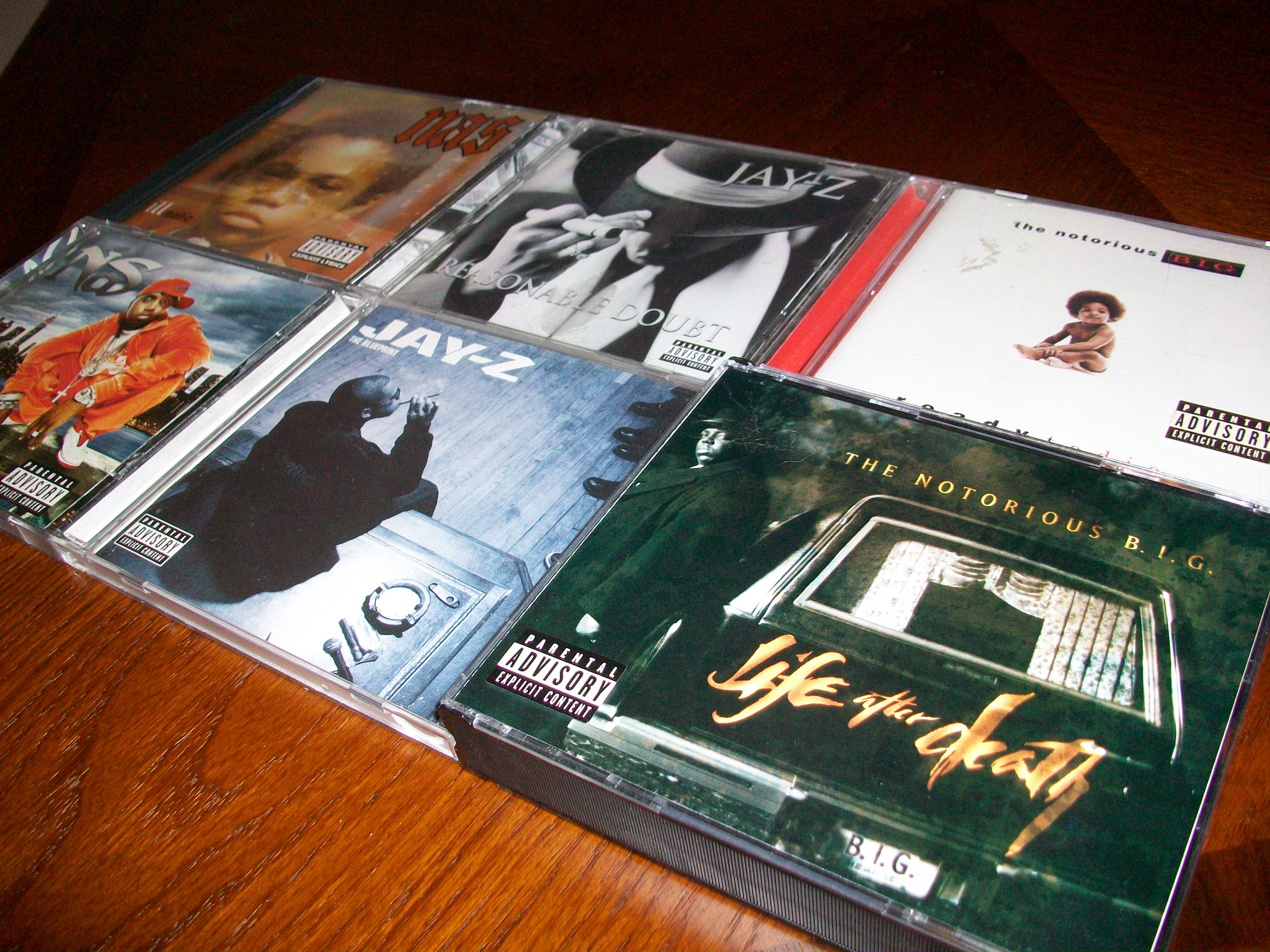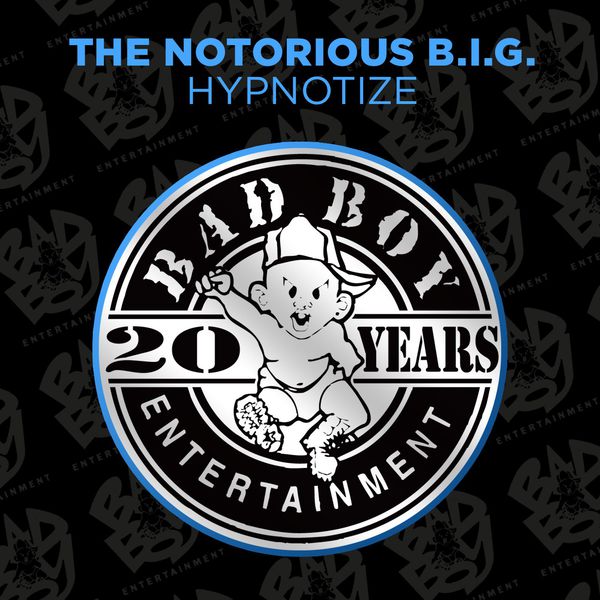

In his book Decoded, Jay-Z explained how Biggie’s ad-lib about being arrested simply for “trying to feed my daughter” held deep meaning. Co-produced by Poke of the Trackmasters and Puffy, it’s a stark departure from the dusty boom-bap sound New York rap was known for and boasted a smoothly harmonized chorus from soon-to-be famous girl group Total.

“Juicy” was full of layers both prominent and subtle: It not only epitomized the Notorious B.I.G.’s evolution from street hustler to successful musician, but also symbolized how the East Coast rap establishment learned to adapt to shifting pop tastes and a then-omnipresent G-funk sound. In The Source magazine’s October 1994 issue, Ready to Die was given a rating of 4½ mics out of five.“It was all a dream…” goes one of the most famous opening verses in history. The record was certified gold by the RIAA two months after its release, and went double platinum in 1995. The album also made Rolling Stone’s list of the 500 Greatest Albums of All Time, landing at #133. “Big Poppa” was nominated for “Best Rap Solo Performance” at the 39th Annual Grammy Awards, losing out to LL Cool J’s “Hey Lover”-but it earned a Billboard Music Award later that year. According to several sources, he recorded the latter half by freestyling from memory. Biggie resumed production the following year under the auspices of the newly-founded Bad Boy Records.


After Puffy was fired from Uptown Records in 1993, the project was only half finished. Production of the album took place in two waves. The project is Biggie’s only album to be released during his lifetime his sophomore project, Life After Death, dropped just days after his murder in March 1997. It was also Bad Boy Records' first release, produced by founder Sean “Puffy” Combs. Ready to Die, The Notorious B.I.G.’s debut studio album, was released on September 13, 1994.


 0 kommentar(er)
0 kommentar(er)
